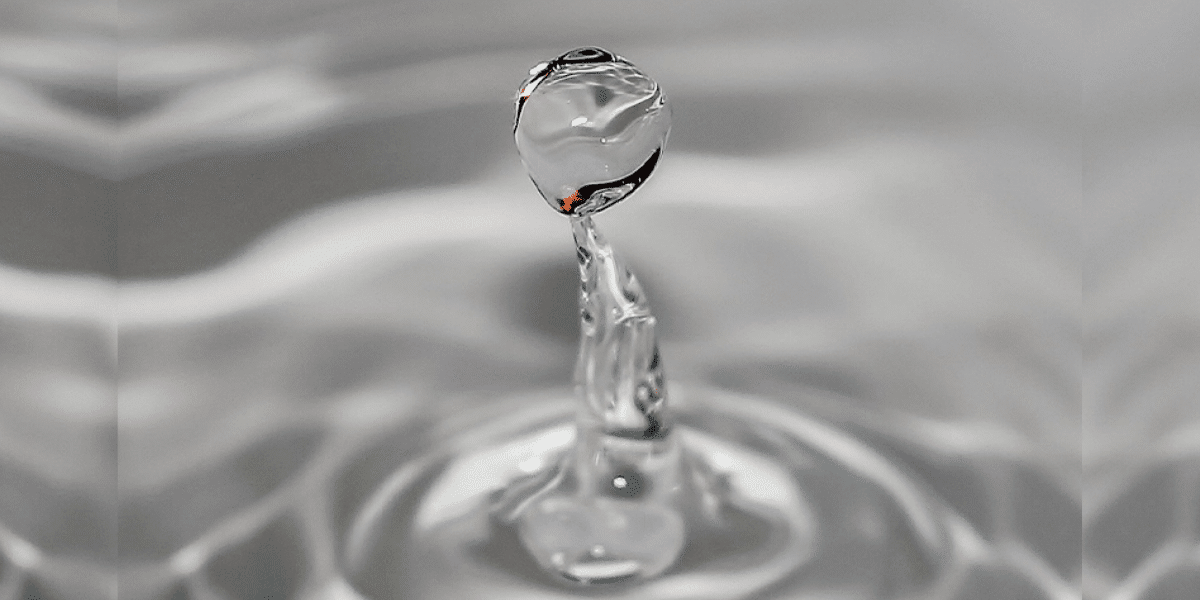Trichloroethylene, commonly referred to as TCE, is an organic man-made solvent that has been utilized in various industries for decades. However,...
Blog


CHEMICAL INDUSTRY NEWS
Chemical Chat – Discover What’s New!
How Is Methanol Produced?
How is methanol produced and what is it used for? Methanol (Methyl-Alcohol) is the simplest form of alcohol, commonly referred to by its chemical...
Turpentine vs Acetone
What are the differences when comparing turpentine vs acetone? Turpentine and acetone are similar chemical solvents that can be used for many of the...
MEK Solvent vs Acetone
What is the difference between MEK Solvent vs Acetone? MEK is an acronym for Methyl Ethyl Ketone. According to the...
How Is Methanol Produced?
How is methanol produced and what is it used for? Methanol (Methyl-Alcohol) is the simplest form of alcohol, commonly...
Company News

Managed Services
Discover the Latest in Safe and Sustainable Chemical Solutions
Stay informed with Ecolink’s blog! Subscribe now
Chemical Management Information
Stay updated with us
Sign Up for the Latest Updates
Stay informed about chemical supply chain disruptions and emerging innovations to keep your business at the forefront of efficiency and innovation. Uncover new ways to make your business practices more sustainable by incorporating safer products into your cleaning lineup.


























